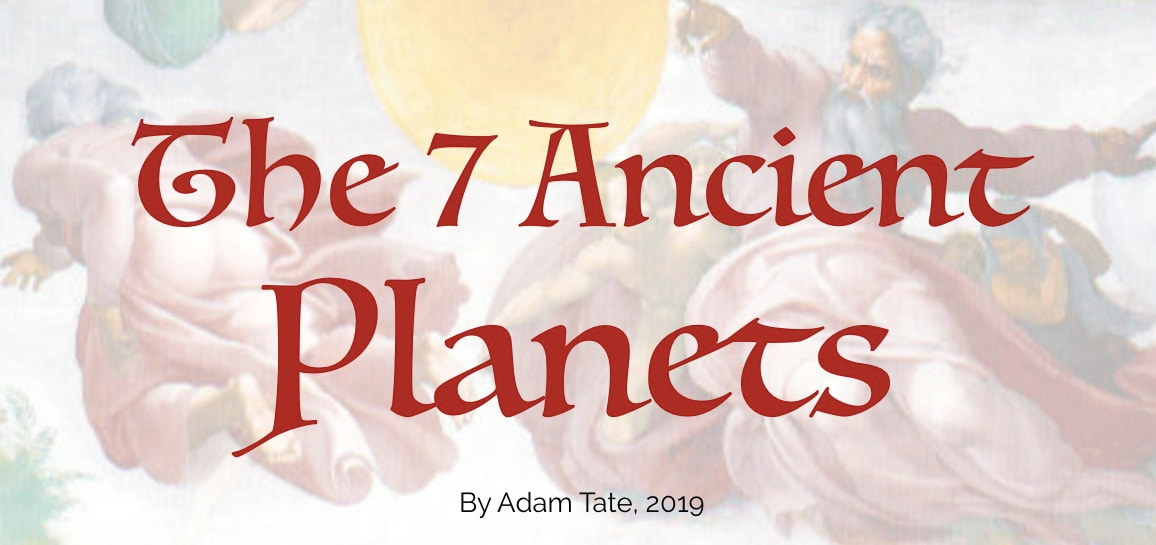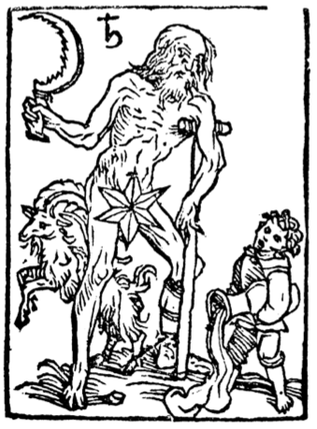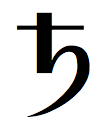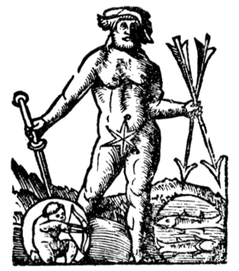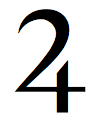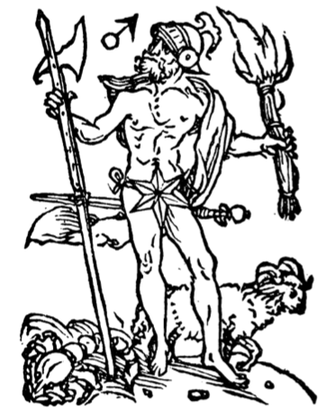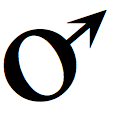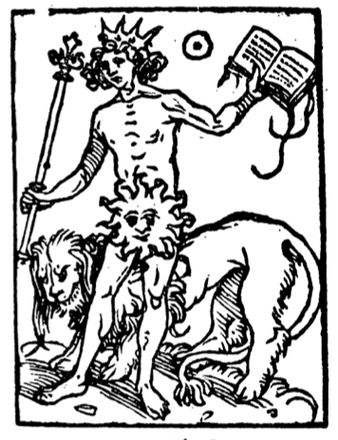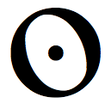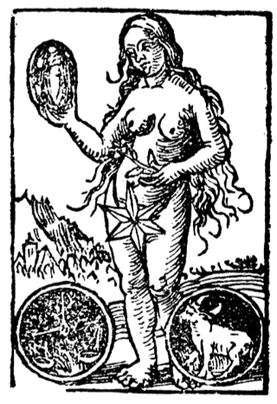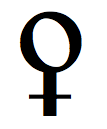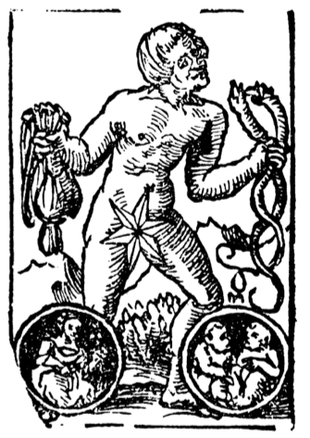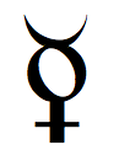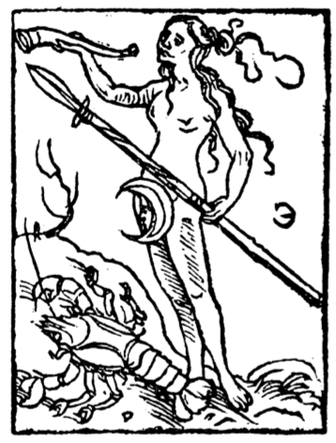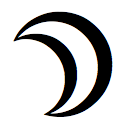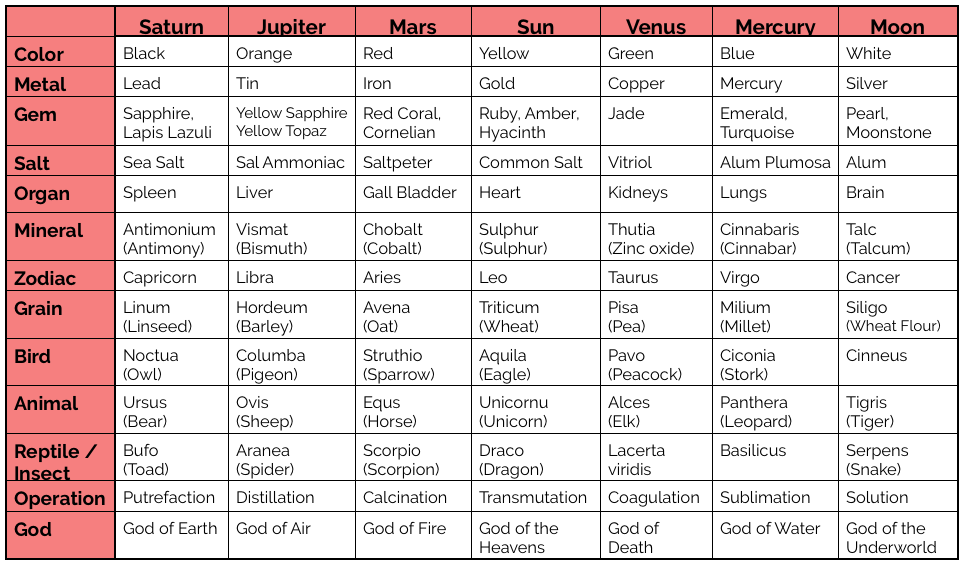MedicineTraditions is a subscription service for students and practitioners of Herbal and Traditional Medicine. A Unique Resource with the most comprehensive Materia Medica ever created, 1000's of Traditional Combinations and Formulas, Treatment of Disease, and ample Resources to help you become a Master.
–SUBSCRIBE NOW–
–SUBSCRIBE NOW–
Since ancient times there have been 7 Ancient Planets: Saturn, Jupiter, Mars, Venus, Mercury with the Sun and Moon being also classed as Planets (or more correctly, Celestial Bodies). These 7 Planets were known to many ancient cultures and the Planets had energies applied based on their size, color, distance, speed of motion etc. Curiously, the Sumerians knew of these 7 planets plus another within our solar system which appears where the asteroid belt is.
The knowledge of the 7 Planets was blended with the Theory of the Elements and Medical theory at an early time. There are 2 ways we can look at it:
- Western, Four Element: Saturn is Earth, Jupiter is Air, Venus is Water and Mars is Fire, the Sun being Yang (ultimate Fire) and the Moon Yin (Ultimate Water). Mercury is in the Center as Balance.
- Eastern, Five Element: As above, but Mercury is Metal
Each planet has associations based on the Elements, Organs and Humors:
- Saturn is associated with the Earth, Spleen and Melancholy
- Jupiter with Air (Wood), Liver, Metabolism and Blood
- Mars with Fire, Heart, Circulation and Bile
- Venus with Water, Kidney, Fluid and Phlegm
- Mercury is associated with balance
- Sun with Fire, Heart and Yang
- Moon with Water, Kidneys and Yin
So an Herb assigned to Jupiter will tend to nourish Liver and Blood, and so with the other Planets.
Each Day of the Week is also assigned to a Planet from which their names are derived:
- Sunday–Sun
- Monday–Moon
- Tuesday–Mars
- Wednesday–Mercury
- Thursday–Jupiter
- Friday–Venus
- Saturday–Saturn
A Lunar herb is best collected on the day of the Moon (Monday), and so with the other planets. Also, a cool herb could be more Yin tonic in nature if collected on a Monday, as compared to if collected on a Saturday which may be better to clear Heat and Damp.
The day was also divided into equal proportions between sunrise and sunset, with each period being allocated a planet. So the first hour after sunrise on Sunday is allocated to the Sun, the next the Moon, and so on throughout the day. So a Lunar herb is best collected on Monday, and in the hour of the Moon.
Later, this was taken further, and the Natal (Birth) chart was used to ascertain weaknesses in the Chart which could be treated or prevented with appropriate Medicine. Medical Astrologists would look for weaknesses in the Birth chart and aim to strengthen them with medicines. Even today in India, certain Healers study the Birth chart for weaknesses, then prescribe a particular Gem stone to be worn on a particular finger to restore balance. Each planet has an associated color, and stones of that color were associated with the planet.
Astrology and the energetics associated with the Planets is just another method of energetic correspondence that was used by the Ancients to better understand and work with the Universe they lived in.
The following gives an overview of the energetics and effects of the Planets as described by various writers including Albertus Magnus and Culpeper.
As with other Ancient Philosophies such as the Four Element Theory, a system of correspondences was created, linking things with like energies to the Planets. Of particular note was the application of the 7 ancient metals to the Planets: Gold for Sun; Silver for Moon; Iron for Mars, Copper for Venus; Tin for Jupiter; Lead for Saturn and Mercury for Mercury. Thus Gold, the Metal of the Sun, corresponding to the Heart, became regarded as a potent medicine to strengthen the Heart, benefit the Spirit, and support life just as the Sun supports life in our Solar system.
The Gems were also associated with Planets, via their color signature. The 7 Planets were associated with the 7 Colors, each being represented by a Gem. Grains, Birds, Animals and Minerals are among other correspondences.
The Gems were also associated with Planets, via their color signature. The 7 Planets were associated with the 7 Colors, each being represented by a Gem. Grains, Birds, Animals and Minerals are among other correspondences.
Based on information in Bibliotheca chemica curiosa, Jacob Mangeti, 1702

